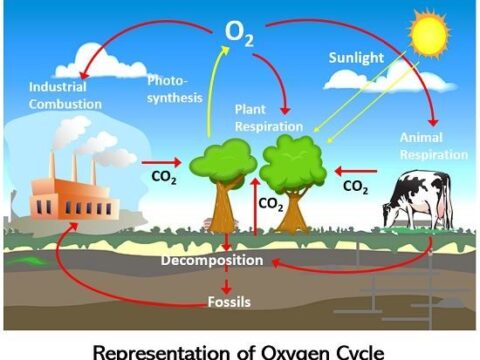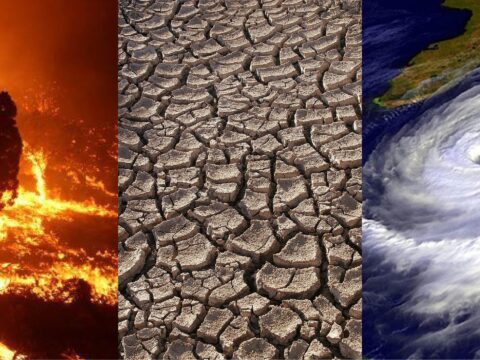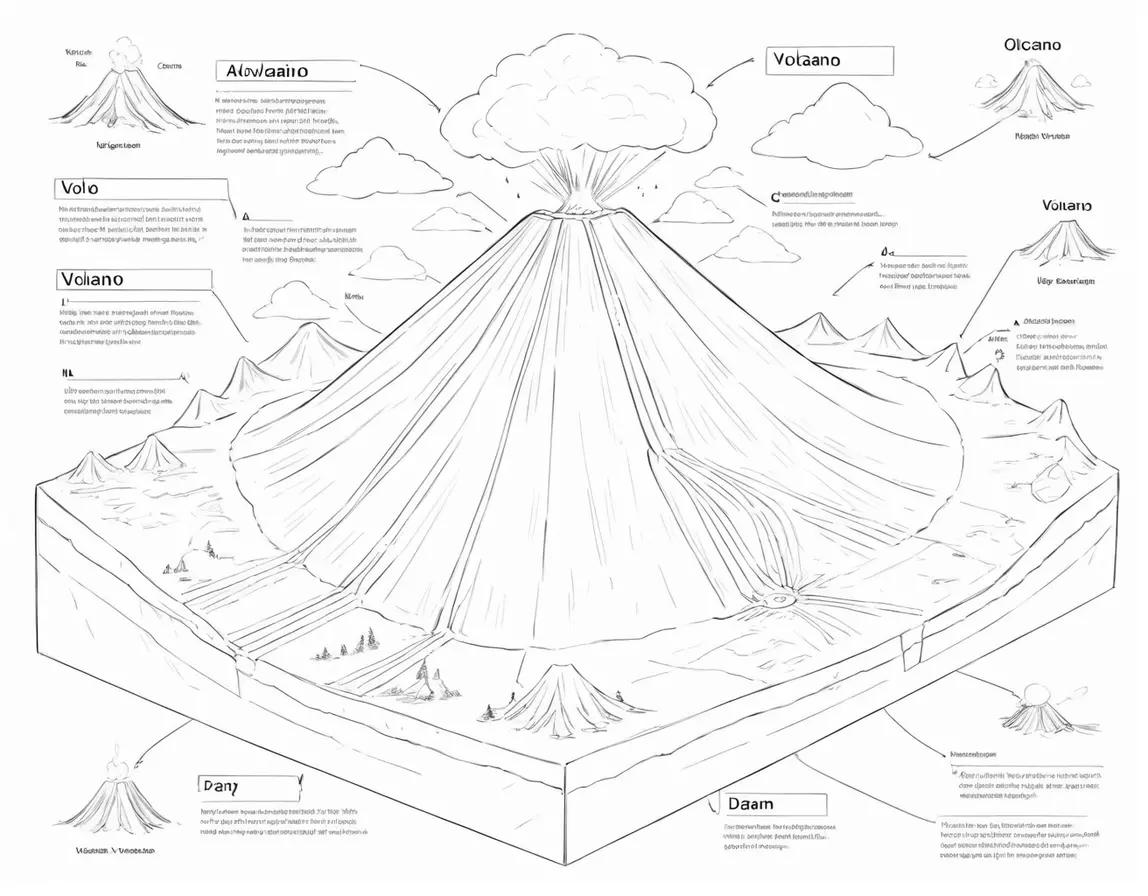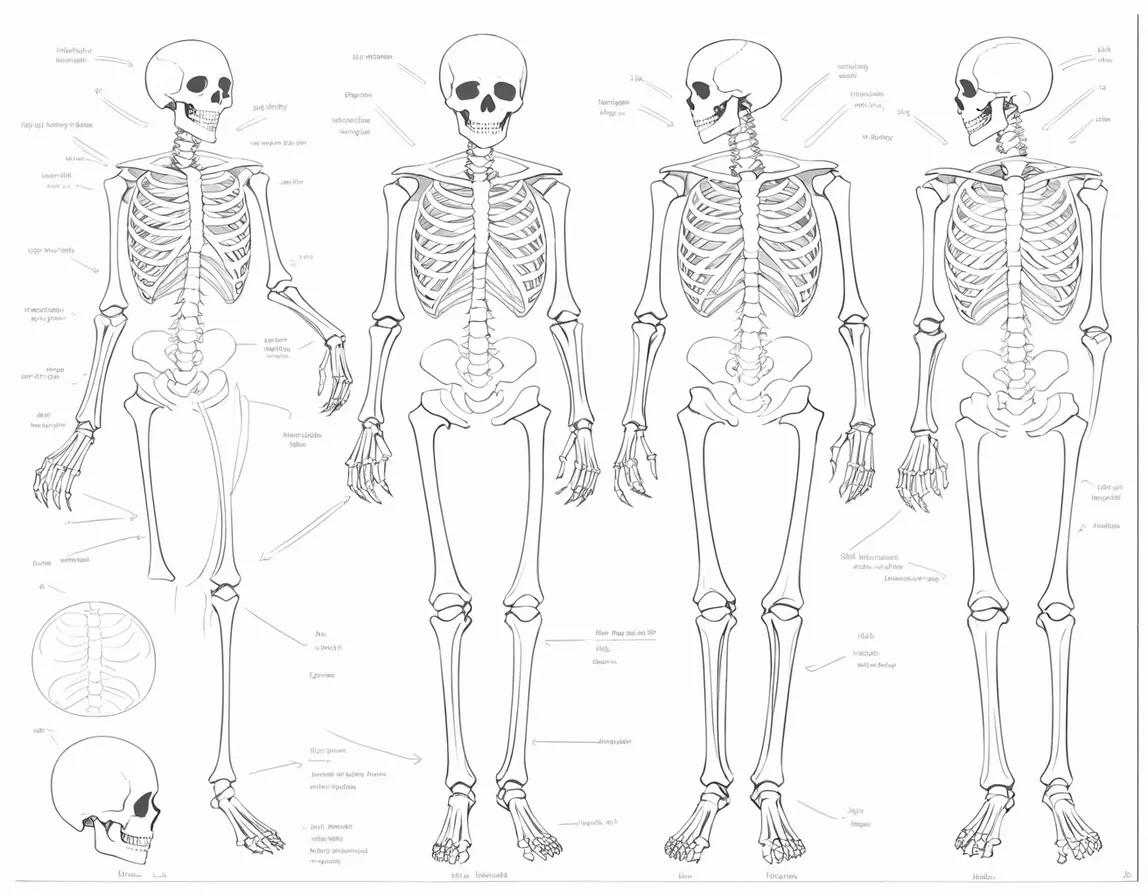
Soils are essentially formed of disintegrated rocks, often known as mineral matter or mineral grains. Many surface processes cause rocks to deteriorate and break down, and the resulting microscopic leftover bits create the fundamental soil matrix.
The mineral granules in soil are mostly insoluble in water, but the small quantity that does dissolve supplies a vital solution of plant nourishment elements. Silicon, aluminum, oxygen, and iron are the most prevalent elements found in soil minerals, but many others are also present. The parent rock, which is the rock from which mineral grains form, can influence many aspects of the soil itself, however, this influence diminishes with age.
Typical soil components
Air is also an important component of soils; spaces between mineral grains can account for up to 50% (though generally less) of a soil’s volume. The presence of air is critical for the small creatures that dwell beneath the surface and eventually become a part of the soil itself.
Soil water not only provides water for plant roots to transpire, but it is also the major route of transporting components through the soil. Capillary action holds some water very securely to the surfaces of soil grains, but water that escapes plant roots will slowly filter downward under the force of gravity.
Water filters downward, bringing with it microscopic loose mineral grains and dissolved components that are finally deposited deeper beneath the surface. Eluviation is the process of removing microscopic soil grains and dissolved components, while illuviation is the process of depositing at lower depths. The constant movement of soil elements downhill forms various layers in the soil, which shapes the soil profile, which is explained more below.
Soil also contains organic materials, or dead and decaying plant and animal parts known as humus. Humus benefits the soil in a variety of ways. It feeds plants, makes the soil more porous and aerated, works as a catalyst for chemical reactions, and increases water retention capacity. The numerous tiny creatures that live in the soil also play essential roles. They aid in the breakdown of humus, the opening of pores in the soil, the increase of aeration, and the mixing of nutrients throughout the soil profile.
Termite mounds are well-known examples of soil organisms that improve soil fertility. They mix massive volumes of dirt and aid in bringing deep nutrients to the surface. They degrade tough plant material (cellulose) and accelerate decomposition. Of course, they dig holes into the semi-arid tropics’ hard, encrusted soils to increase aeration.
Horizons in a soil profile
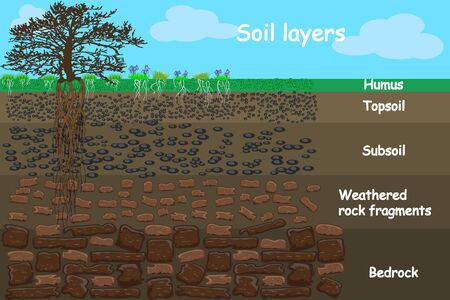
The interaction of these elements results in distinct soil profiles. While the intricacies of the profiles vary widely depending on the parent material and the prevailing climate, they all share many basic levels known to soil scientists as horizons.
The surface layer, known as the O horizon, is made up of dead and decaying organic matter (humus). A dark A horizon, also known as topsoil, is formed under this layer by a mixture of mineral grains and humus. Water traveling through this layer transports nutrients and microscopic particles to deeper levels, making it an eluviation layer. These particles are deposited in the B horizon, creating an illuviation layer. Due to the lack of humus, this layer is often paler in color than the A horizon. The C horizon is a stratum of weathered and fragmented parent rock beneath the surface.
The organic horizon is the O horizon, and the mineral horizon is the C horizon. The genuine soil exists between them, and its layers are defined by whether elements and microscopic particles are eroded away (the A horizon) or deposited (the B horizon).
Can you see how termites aid soil fertility by digging deep into the soil layers? They burrow into the B horizon, where nutrients have been deposited, and transport those vital materials to the surface.
This eluviation and illuviation process is especially intense and deep in the tropics. Aluminum, for example, is one of the elements that is least susceptible to chemical disintegration from its parent rock. It will eventually build into concentrated quantities in the B horizon after millions of years of exposure to intense rain and high temperatures, generating what miners call bauxite, an aluminum mineral.
Characteristics of the Soil
The texture of soil is one of its most distinguishing features. It basically relates to the size distribution of the soil matrix. Everyone has heard of the terms clay, silt, and sand. These terms have precise meanings in soil science. They are referring to the sizes of the mineral soil fragments shown in the Table.
Clay is the smallest, followed by silt, and lastly sand. Soil might be dominated by one-grain size or a variety of grain sizes. The Soil Triangle figure depicts the many possible mixes, along with their names. Loam is a type of soil that has almost equal amounts of clay, silt, and sand.
Texture is critical for plant growth. Large sand particles assist to aerate the soil and allow for drainage, while smaller particles help retain water and nutrients.
Soil color is one of the most noticeable, but also one of the least important. However, color can reveal information about the processes that alter soil. Red colors are typically the result of iron oxidation. White frequently signifies the removal of iron. Organic content is typically high in black soils.
Other crucial qualities are related to soil chemistry. The ability of soil to support plants is dependent on the existence of colloids, which are microscopic particles of clay and organic material. Colloids electrically attract and hold fertility cations, or nutrients, such as calcium (Ca), potassium (K), and magnesium (Mg), in the soil (Mg). When erosion removes topsoil, soil colloids are also removed, rendering the soil infertile and making plant growth difficult. Soil acidity is another cause of infertility. Acid in the soil dissolves colloids, allowing nutrients to be extracted in solution when water filters downhill.
Finally, soil water is a critical soil feature. The amount of water contained in soil that is available to plant roots (remember the root zone from the Balance section?) is referred to as the soil’s field capacity. This fluctuates widely depending on the soil type and root depth. If no water is provided to the soil, the roots will continue to draw water from the soil moisture until the field capacity is depleted. When this occurs, the plant has reached its wilting point and the aboveground section withers.

